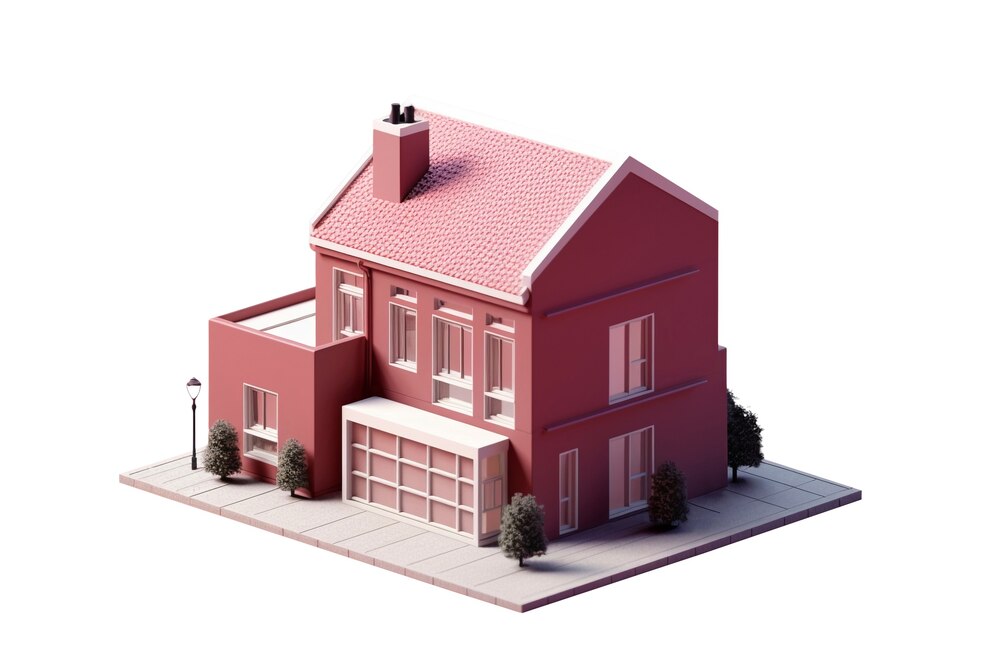What if your next home wasn’t built—it was printed?
That’s not a futuristic fantasy anymore. 3D-printed homes are emerging as a disruptive force in architecture, urban planning, and sustainable living. With robotic arms laying down concrete like frosting on a cake, entire homes can be created in a matter of days instead of months—using fewer materials, less labor, and smarter design.
As cities face rising housing costs, labor shortages, and environmental pressures, 3D-printed housing could be one of the most important tech innovations of the decade. But is it ready for prime time? And what does this mean for the future of the places we live?
Let’s explore how 3D printing is reshaping urban living—literally.
What Is a 3D-Printed Home, Really?
3D-printed homes are built using large-scale construction printers that extrude a concrete-like material layer by layer to form walls and structural elements. These machines follow digital blueprints, allowing for precise, efficient, and repeatable construction.
-
No nails, no lumber frames, no drywall.
-
Minimal waste, minimal labor.
Some homes are printed on-site, while others are printed in parts and assembled like LEGO blocks. Either way, it’s a radical shift from traditional construction methods that have barely changed in decades.
Why Cities Should Pay Attention
1. Speed
Most 3D-printed houses can be built in under a week. In emergencies or high-demand zones, this speed is a game-changer—especially for disaster relief or affordable housing programs.
2. Affordability
By reducing materials and labor costs, 3D printing opens the door for low-cost, high-quality housing. Entire neighborhoods are already being printed for a fraction of the traditional price.
-
ICON, a leader in this space, has built homes for as little as $10,000.
-
Governments and NGOs are now exploring mass-printed housing for the homeless and underserved.
3. Sustainability
3D printing dramatically cuts construction waste. Some systems even use recycled materials, and future versions may print using carbon-capturing cement or biodegradable composites.
Less waste + energy-efficient design = a greener urban footprint.
4. Design Freedom
Because the printing process isn’t limited by straight beams and right angles, architects can create more fluid, organic, and customized homes. The tech allows for curved walls, domes, and futuristic forms—without massive extra costs.
Not Just a Concept: Real-World Projects
-
Austin, Texas: ICON partnered with Lennar to build a community of 100 3D-printed homes—the largest such development in the U.S.
-
Tabasco, Mexico: A village of 3D-printed homes provides affordable housing for low-income families.
-
Germany and the Netherlands: Europe’s first printed homes are already occupied, proving the concept works across climates and regulations.
Urban Implications: A New Kind of City?
If 3D-printed housing scales, it could fundamentally change urban development:
-
Micro-communities: Quick-build modular units for students, remote workers, or temporary residents
-
Vertical integration: Combining 3D printing with prefab and modular stacking for multi-story buildings
-
Emergency deployment: Instant housing after floods, earthquakes, or migration surges
-
Flexible zoning: Adaptive design makes it easier to customize housing for different urban zones or populations
This flexibility could help cities respond faster to demand, reduce sprawl, and build sustainably from the ground up.
The Challenges Ahead
Of course, 3D-printed homes aren’t a silver bullet—yet.
-
Regulation: Building codes vary wildly and haven’t caught up with the tech.
-
Infrastructure: Plumbing, electrical, and finishing still require traditional labor.
-
Perception: Some still see printed homes as gimmicky or “cheap,” even when the quality is impressive.
-
Scalability: We’re still in the early stages. Most cities aren’t ready to mass-adopt the method.
But with continued innovation, these challenges are increasingly solvable—and startups are racing to prove it.
Print, Don’t Pour
The future of urban living won’t look like the past—and it may not be built the same way either. 3D-printed homes represent a shift toward tech-driven, efficient, and human-centered architecture that could reshape cities for the better.
Whether it’s providing dignified housing for those in need or designing customizable smart homes in record time, this tech has the potential to rewrite the housing playbook.
And the question may soon become: Why build it, when you can print it?

